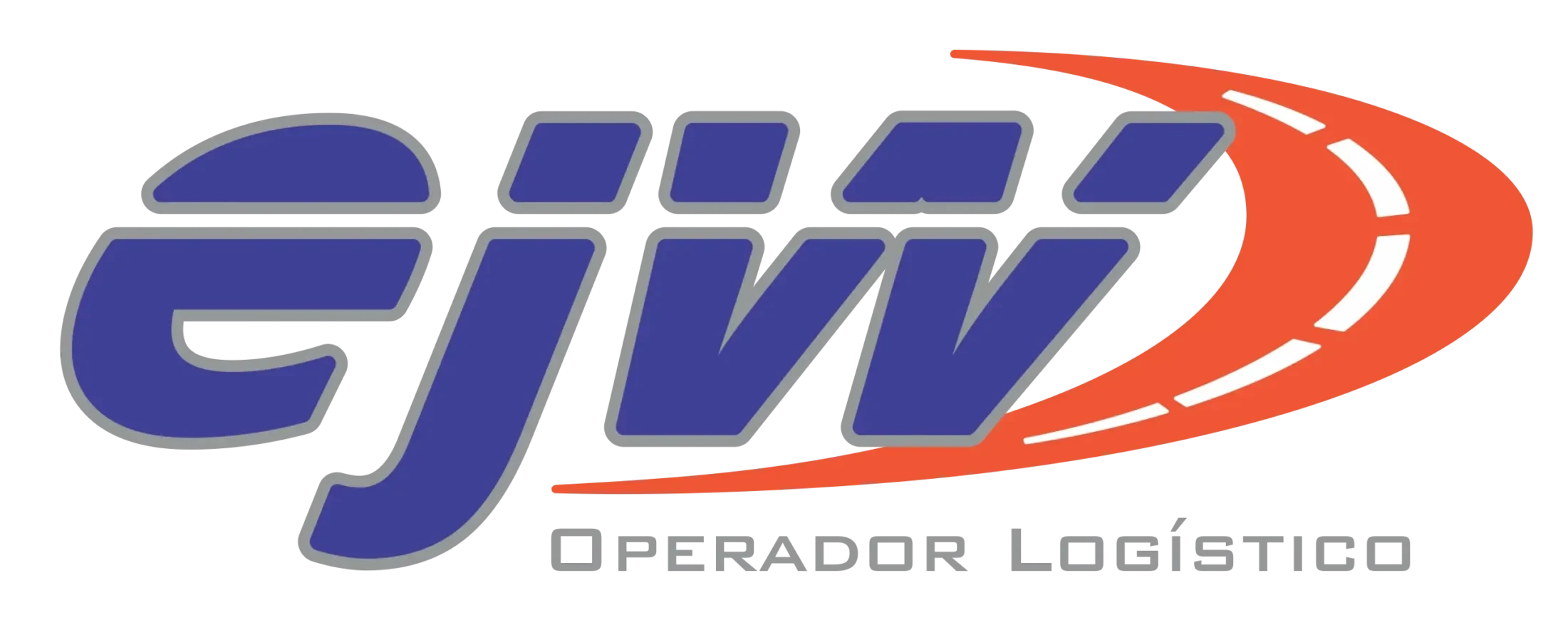Reducing logistics costs is a common goal for many companies, but doing so without compromising service quality can be a considerable challenge. In an increasingly competitive environment, where margins are tight and the pressure to deliver high-quality service is constant, finding the perfect balance between efficiency and excellence becomes a key factor for success. In this article, I will present you with effective strategies to reduce logistics costs while maintaining or even improving service quality, with a focus on optimization, technology and smart processes.
The Challenge of Cost Reduction in Logistics
The logistics sector is constantly faced with the challenge of minimising costs without affecting the quality of service. Among the most relevant costs are transport, storage, inventory management and merchandise handling processes. To reduce these expenses, it is essential to identify the areas where inefficiencies exist and adopt measures that optimise resources, improve operation times and minimise errors.
The big challenge is that, in trying to cut costs, many companies end up affecting the customer experience, whether due to delays in deliveries, errors in handling merchandise or deficiencies in communication. Therefore, it is essential to apply strategies that not only reduce costs, but also boost operational quality and customer satisfaction.
The Own Container: Advantages of Logistical Autonomy
Having your own container facility is one of the strategic decisions that can generate a positive impact on reducing logistics costs. This infrastructure allows you to independently manage container loading and unloading operations, eliminating dependence on third parties and, therefore, the costs associated with these services.
- Reduction in Rental Costs: By not depending on external facilities, the costs of renting loading and unloading spaces are eliminated, which positively impacts operating costs.
- Greater Control and Flexibility: With your own container, operations can be tailored to the company's needs, improving response times and reducing costs due to delays or downtime.
- Safety and Risk Reduction: Direct supervision of container handling reduces the risk of damage to the merchandise and avoids additional costs due to claims or additional insurance.
Automation and Real-Time Stock Control
Technology is a key ally in reducing logistics costs. Advanced inventory management systems allow stock to be monitored in real time, optimizing planning and avoiding costly errors such as overstock or lack of products.
- Inventory Optimization: Automation allows stock levels to be adjusted to actual demand, avoiding both excess inventory and shortages, which reduces storage costs and minimizes losses due to obsolescence.
- Reduction of Human Errors: Automated systems reduce manual intervention, resulting in fewer errors in inventory management, improved order accuracy and reduced error correction costs.
- Visibility Across the Supply Chain: Having a global view of inventory allows companies to make more informed decisions, adjusting logistics strategies to maximize efficiency and reduce costs.
Own Fleet vs. Outsourcing: Pros and Cons
Transportation is one area where costs can quickly escalate. Deciding whether to operate your own fleet or outsource transportation services can make a big difference to a company’s cost structure.
- Own Fleet: Control and Customization: Owning your own fleet offers greater control over delivery times and service quality. Although it requires a significant initial investment, in the long term, it allows you to customize logistics operations and reduce the variable costs associated with outsourcing.
- Outsourcing: Flexibility and Lower Investments: Outsourcing transport can be a viable option for companies that do not have constant demand or want to avoid the fixed costs of maintaining a fleet. However, it can involve less flexibility and control, affecting the quality of service in critical situations.
- Hybrid Model: Many companies opt for a hybrid model, combining their own fleet for critical routes and outsourcing services for specific demands. This allows them to optimize costs and maintain a high level of service.
Storage Optimization: Space and Security
Warehousing is another key area where costs can be controlled without sacrificing quality. Implementing space optimization strategies and improving security procedures helps reduce operating expenses and protect the integrity of the merchandise.
- Efficient Warehouse Design: Organizing your warehouse to maximize the use of vertical space and reduce handling times can improve operational efficiency and reduce costs.
- Implementation of Security Technologies: Video surveillance systems, access control and security protocols not only protect merchandise, but also minimize costs associated with loss or damage.
- Demand-Driven Inventory Management: Adjusting inventory levels to actual demand, using predictive analytics tools, helps reduce storage costs and free up capital for other critical areas of the business.
Conclusion: Sustainability and Savings in Modern Logistics
Reducing logistics costs without compromising service quality is possible by implementing smart strategies and using advanced technology. By opting for solutions such as owning containers, automating stock control and optimizing transport and storage, companies not only achieve significant savings, but also improve customer experience and strengthen their position in the market.
The path to efficient logistics does not end with cost reduction; it is about creating a sustainable and adaptable system that can face future challenges without losing sight of quality. Innovating, automating and managing proactively are the keys to achieving this. Thus, in 2024 and beyond, logistics will continue to be a fundamental pillar for the success of companies.
